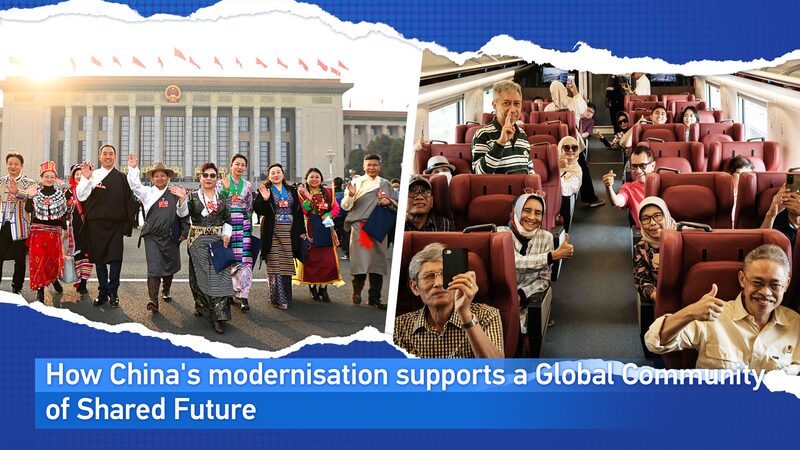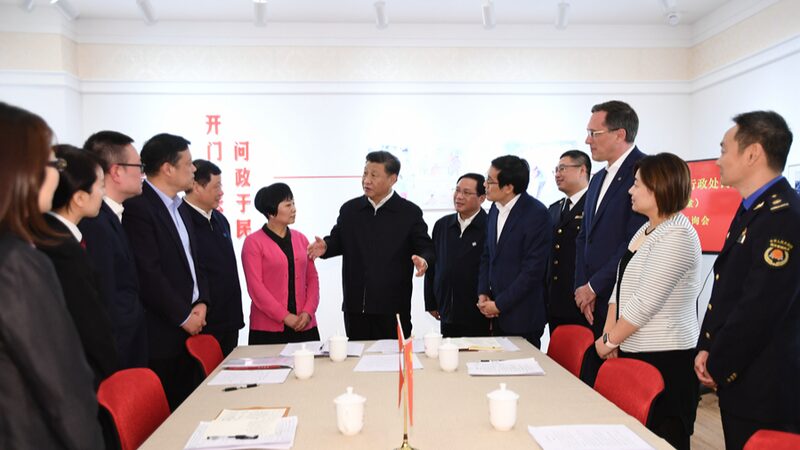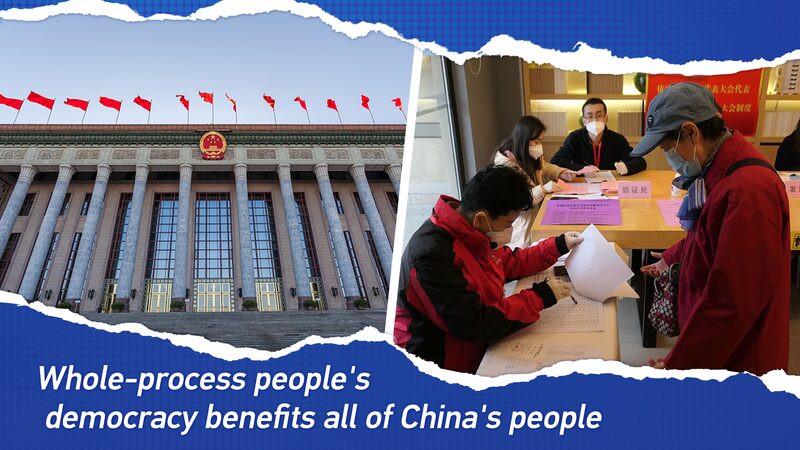China is charting its own path to modernization, offering a fresh perspective on global prosperity and collaboration. Unlike the Western model, which often emphasized rapid industrialization followed by the adoption of democratic systems, China's approach is rooted in what David Ferguson describes as the Whole Process People's Democracy.
At the recent Understanding China Conference in Guangzhou, Ferguson highlighted the key differences between China's modernization and Western practices. He pointed out that many Western countries became prosperous before transitioning to democratic governance, a sequence not easily replicable elsewhere. Instead, China's strategy focuses on sustainable growth without the extensive exploitation of its working class, other nations, or the environment.
Central to China's model are the The Three C's: Cooperation, Consultation, and Consensus. These principles are embodied in institutions like the National People’s Congress, which is directly elected from grassroots levels, and the Chinese People’s Political Consultative Conference, representing diverse societal groups including political parties, regions, ethnic communities, and various economic and social interests.
By fostering collaboration and ensuring that all voices are heard, China aims to create a harmonious society that contributes positively to the global community. This approach not only supports China's domestic stability but also promotes a Global Community of Shared Future, where nations work together towards mutual growth and prosperity.
China's modernization journey offers valuable lessons for the world, emphasizing that development can be achieved through inclusive and sustainable means. As nations navigate their own paths to progress, the Chinese model presents an alternative framework that prioritizes collective well-being and environmental stewardship.
Reference(s):
How China's modernisation supports a Global Community of Shared Future
cgtn.com




